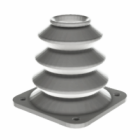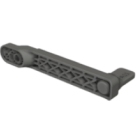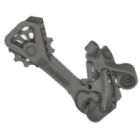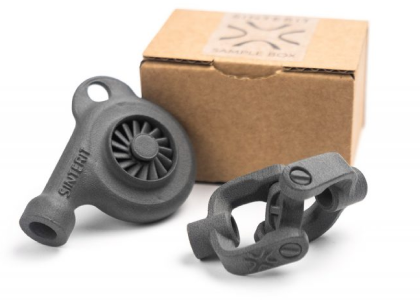3D printing definitions: S – Z
S
Sanding – a post-processing technique where abrasive materials are used to smooth the surface of a 3D printed part, reduce layer lines, and prepare it for painting or finishing. Learn more about in our article about sanding 3D prints.
Shells – the outer perimeters of each layer in a 3D print, forming the external structure of the part. More shells increase strength and surface durability.
Shrinkage compensation – adjustments made to part dimensions or print settings to counteract expected material shrinkage during cooling or sintering.
Sintering window – the optimal temperature range during which powder particles fuse without degrading, crucial in SLS/DMLS processes.
Skirt – a line or outline printed around the object (but not touching it) to prime the nozzle and stabilize extrusion before the actual print begins.
Slicing software – a program that converts a 3D model into printable layers and generates G-code instructions for the printer. It allows users to control settings like layer height, infill, supports, and print speed.
Slurry – a mix of binder and powder or resin used in some experimental or industrial AM processes.
STL file – widely used 3D model file format that represents the surface geometry of an object using triangles. It is the standard input format for most slicing software.
Stringing – thin threads of plastic left between parts or structures due to oozing during travel moves.
Stereolithography (SLA) – a resin-based 3D printing technology using a laser to cure layers of photopolymer resin with high resolution.
Support angle – the threshold angle at which overhanging geometry is considered steep enough to require automatic support generation. Adjustable in slicing software.
Support structures – temporary printed elements that provide stability to overhanging or bridging parts of a model during printing. They are removed after the print is complete.
T
Tensile strength – the resistance of a material to breaking under tension; commonly tested to determine a part’s load-bearing capability.
Test print – a trial 3D print used to evaluate printer performance, settings, or material behavior before starting a full production job. Often used to check calibration, dimensional accuracy, or print quality.
Thermal runaway protection – a safety feature in 3D printers that shuts down the heating element if the system detects a failure in temperature control, preventing overheating and reducing the risk of fire.
Thermoplastics – plastics that become pliable or moldable above a specific temperature and solidify upon cooling, such as PLA, ABS, PETG, and TPU.
Tolerance stack-up – the cumulative effect of dimensional deviations in multi-part assemblies, which may affect fit and function.
Topology optimization – a design technique that uses algorithms to automatically reduce material in a part while maintaining its strength and functionality, resulting in lightweight, efficient geometries ideal for 3D printing.
Trigger height – the set distance at which a sensor (like a BLTouch) activates during bed leveling or probing.
U
Under-extrusion – insufficient filament flow, causing gaps, weak infill, or layer separation; may be due to nozzle clogs, low temperatures, or feeder issues.
Unsupported overhang – a model feature that exceeds the self-supporting angle and lacks support material, often resulting in drooping or deformation.
UV degradation – the breakdown of some 3D printed materials (e.g., PLA, resin) when exposed to sunlight over time, causing brittleness or color changes.
V
Vapor smoothing – a post-processing method that uses chemical vapors (e.g., acetone) to gently melt the surface of certain 3D printed plastics, resulting in a smooth, glossy finish and improved layer adhesion.
Ventilation – essential in resin and high-temp filament printing to safely manage fumes and particulates.
Viscosity – the resistance of a liquid resin or molten filament to flow. Impacts extrusion, surface quality, and resin handling.
Void – an internal cavity within a print that can occur intentionally (as a design feature) or accidentally due to poor extrusion or delamination.
Voxel – a volumetric pixel — the smallest 3D unit of digital space used to represent geometry, material properties, or color in high-resolution 3D models and printing.
W
Wall thickness – the total thickness of the outer walls of a printed object, determined by the number of shells and nozzle diameter. It affects strength, print time, and detail resolution.
Warp prevention techniques – design or process adjustments (e.g., brims, heated beds, enclosures) to reduce the risk of parts lifting from the bed.
Warping – a deformation that occurs when the edges or corners of a 3D print lift and pull away from the build plate due to uneven cooling and internal stresses.
Wear resistance – the durability of a material under friction or abrasion, especially relevant for moving parts or end-use applications.
Wet filament – filament that has absorbed moisture, often leading to poor print quality, bubbling, or inconsistent extrusion.
Wipe tower – a printed tower used during multi-material printing to purge the nozzle between filament changes.
X
X-axis ribbing – surface defects that align with horizontal motion, typically caused by vibration, backlash, or stepper inconsistencies.
X/Y calibration – fine-tuning the horizontal axes for accuracy, especially important for dimensional precision in flat prints or interlocking parts.
Y
Y-offset – the distance between two printheads or tool positions along the Y-axis, critical in dual extrusion alignment.
Yield strength – the amount of stress a material can withstand without permanent deformation, important for load-bearing parts.
Z
Z-hop – a printer movement setting where the nozzle slightly lifts along the Z-axis during travel moves to avoid hitting the printed part, helping to prevent scratches, blobs, or layer shifts.
Z-offset – the calibrated distance between the nozzle and the bed, affecting first layer quality and overall print success.
Z-seam – the visible line on the outer surface of a print where each layer starts and ends; can be hidden or aligned strategically.
Z-wobble – a repeating vertical pattern or defect in prints caused by mechanical issues in the Z-axis (e.g., bent lead screws or misalignment).
Download eBook “3D printing glossary”
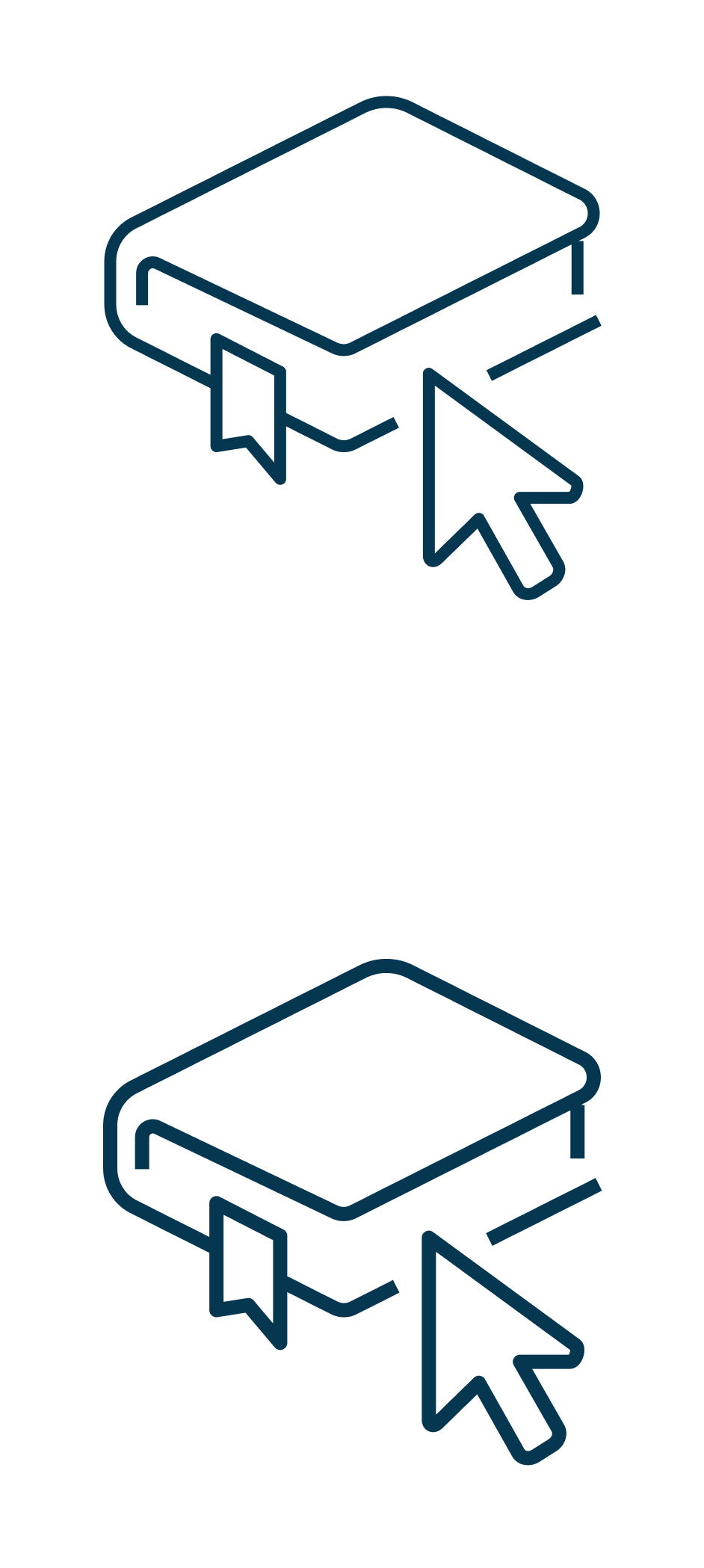
Explore also
Related categories




